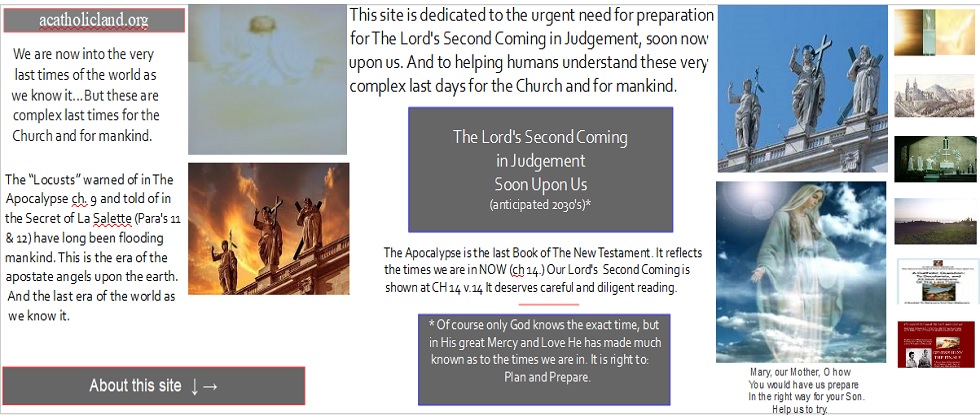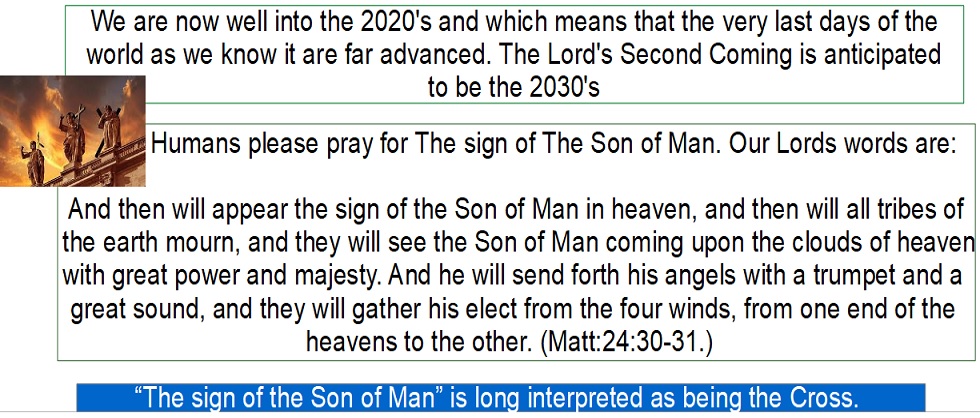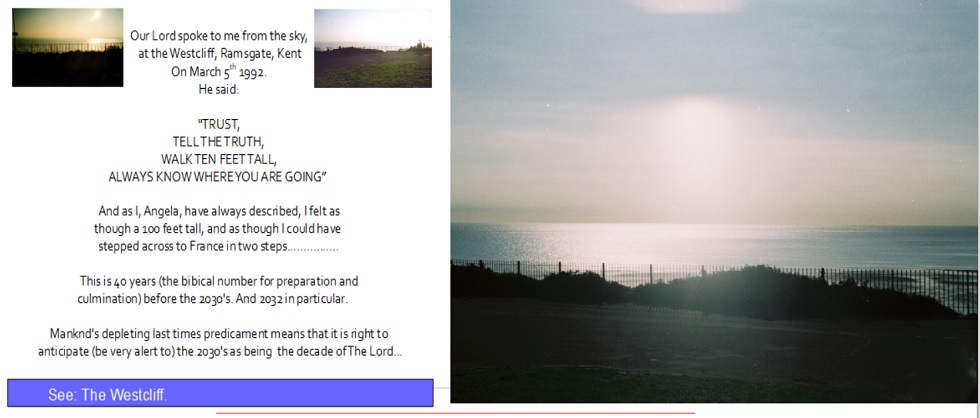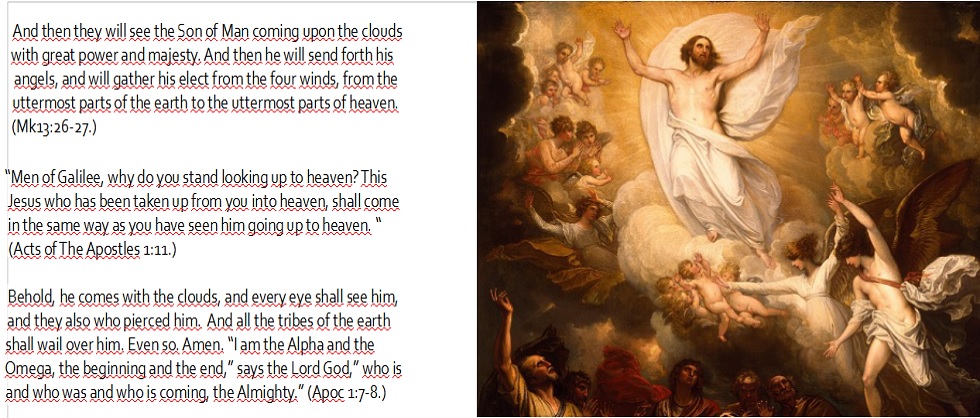The impending "common rite" mass and the identity of the Catholic Church.
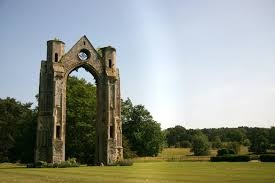
There are worrying recent developments seeking to restrict the use of the Tridentine Mass. The Congregation of Divine Worship, in its documents: Traditionis Custodes (July 2021) and its clarifying Responsa ad dubia (December 2021) seek to place some far reaching restrictions. Whilst a number of these restriction can, as would seem clear, be mitigated by the use of existing Canon Law, and by reference to earlier documents, the very nature of the recent documents could well be an indication as to how far advanced plans are to implement the “Common rite Mass.”
The Catholic Mass is the "source and summit" of the life of the Catholic Church. But what
is ahead for It ? In 2011 the Vatican made known that there was an impending "Common rite" Mass.
Its implementation will mean a defining moment for the Church. This because, in effect,
whoever controls the identity of the Mass controls the very identity of the Church.
There are many concerns about what identity the proposed "Common rite" mass will bring.
please read Questions, (comments) and Answers (in context) here:
(note that the part about the Mass specifically, begins at Q 47, and which can also be read here below:)
This era is the immediate build up to Our Lord's Second Coming in Judgement. These are short general questions/comments/answers, which...
Q. 47 Is the Mass itself crucial in this whole context?
A. Yes. Because whoever controls the identity of the Mass controls
the identity of the Church. And the Common rite mass, when it
appears, will likely be the bridge link into the new
ecumenical /protestant structure.
Q. 48 Has there been an actual announcement as to the Common
rite?
A. Yes it was announced at the Vatican in 2011.
In May 2011 there was an announcement by the Vatican of the intention
to produce a "Common rite" Mass. Note who gave the statement; it was
given by [Cardinal] Kurt Koch, who is head of the Pontifical Council for
Promoting Christian Unity, his statement was relayed by the Catholic News Service (CNS):
"Pope Benedict XVI's easing of the restrictions on use of the 1962 Roman Missal, known
as the Tridentine Rite, is just the first step in a "reform of the reform in liturgy.....the Pope's
long term aim is not simply to allow the old and new rites to co-exist, but to move toward a common rite."
What might this "Common rite" mass, under the present Vatican regime including the Council for promoting
Christian 'unity' (with its Vatican II version of what unity means) include? What might it consist in?
Developments since 2011, for example with regard to the Ordinariate and the seeking to
agree on and share a common Eucharist with the Lutherans, have indicated that the
Common rite will have a distinctive protestant leaning identity.
Q. 49. Is the Tridentine Mass crucial in maintaining the identity of the
Catholic Church?
A. Yes. Of course it is so vital. The Canon of the Mass goes back to
at least the 4th century (traced in writings to that time) and the
Council of Trent and the Council of Florence both affirmed its origin
in Apostolic times. The Mass is Our Lord's great Sacrifice (which
was complete and for all time) but repeated; in an unbloody form,
everyday on the altar and with the faithful; both living and dead,
benefiting from Our Lord's precious Body and Blood and from the
graces and merits won for us through His great Sacrifice
accordingly. And with Our Lord Himself as the principal celebrant.
Pope(St) Pius X, echoing St John Vianney (patron saint of parish
priests) referred to the Mass as being: "The Highest prayer that
exists." It is the great offering to God the Father by God the Son
Himself. And so we can look at the Catholic Mass, the Tridentine
"Mass of Ages" in a very particular way precisely because we expect
it to be the very best that the Church can do. Our Lord God and
Saviour deserves the best for the re-enactment of His sacrifice. And
because of this; what the Mass is, it had to be pristine; had to be the
very best; had to be protected and fortified; this all the duty and
primary role of the Church, guided by God the Holy Ghost, and so
this; the Tridentine Mass, must have fulfilled that role of being the
very best that the Church can do. It is not a question of a wardrobe
of Masses. There can be no better Mass. The Tridentine Mass is
fully qualified as being the Mass of the Catholic Church. To say
otherwise is to say that the Magisterium of the Church, under the
guidance of the Holy Ghost, failed Her Lord and Master in this one
of Her great primary functions and roles. Fr Faber, a convert to
Catholicism, described the sung Tridentine Mass as being "the most
beautiful thing this side of heaven."
Q 50. Does the Novus Ordo retain much Catholic identity?
A. The Novus Ordo itself retains a Catholic identity. But it is what
might be termed a transitional Mass, it retains a Catholic identity,
but with the active potential within it not to.
Q.51. What do you mean by this?
A The changes, the introduction of the Novus Ordo, had its own
build-up period and in that time what was presented gave an
idea of the direction that the Vatican II influence was taking.
Q. 52. Can you give an example?
A. Yes. There was an indication of the changes ahead when the first
draft proposals emerged at the 1967 Synod in Rome; the Orate Fratres
(Pray, Brethren, that my Sacrifice and yours may be acceptable to
God the Father Almighty)had been left out in the proposals. It was,
however, re-instated. But there was also the highly significant use of
terminology. The proposal was that rather than the Mass being
termed "The Mass." It would now be termed "The Lord's Supper or Mass"
(reminiscent of Cranmer's terminology.) And so the benchmark was at
that time becoming clear, between the Mass as a Sacrifice (Catholic) its
true identity, or the Mass as a narrative and a memorial of the Lord's
Supper (ecumenical/protestant.) And keeping in mind, for example, that
when the Novus Ordo first appeared it was most often said or sung in
Latin and facing the altar. But this gradually changed. Latin, the sacred
language of the Church, and which also helps maintain unity of worship.
Q.53 How do you see the Novus Ordo as aligning in practical terms?
A. In the Mass being a Sacrifice, Catholic; "Go unto the altar of God"
(Calvary.)Tridentine. And the Mass as a narrative, a memorial
(ecumenical/protestant.) In terms of both the Novus Ordo (in its
potential), or the lurking Common rite mass this means a narrative of
past events, ie that the readings, rather than being an active focus
upon, instead replace anything that takes place by way of enacting
"here and now" (Sacrifice. Catholic.) And so if the readings are
disproportionately extended and with community based features
developing further eg bidding prayers, and community based mass
"themes" then this is a protestant direction.
And the following is evidence as to what is currently happening in the Church:
When a Catholic in a Catholic church on a Sunday morning has to enquire as to what service is in the process of being said; that indicates...
Understanding why the Ordinariate is not Catholic. The Ordinariate; Background: The Ordinariate as successor to the Pastoral...
Please see in context in the Questions and Answers or here below: Q.34. Just on the first point above. What do you mean by Novelty trying...
One True Church. The Roman Catholic Church is the one true Church. Our Lord's Word's to Peter: "And I say to thee, thou art...
